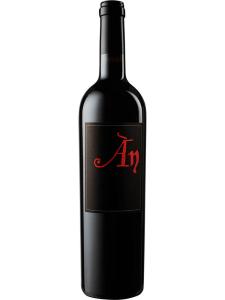Mallorca VT is the Vino de la Tierra (VT) title covering most of the Spanish island of Mallorca (or Majorca), in the Mediterranean Sea.
Today, Mallorca is perhaps best known as a tourist hub, for those seeking sun and sea, but it boasts a long history of winemaking. The name Mallorca means "the bigger one" in the local Catalan language, and the island is the biggest of the Balearic Group. It received its VT status in 2007.
Evidence of winemaking on the island can be traced back to the 6th or 7th Century thanks to a number of archaeological discoveries of clay containers and other wine vessels used in the trading of wine. However, it is thought that the Romans brought the art of winemaking in 123 BC. Not long after, Pliny the Elder declared the wines comparable to the finest in Italy – high praise, indeed.
Winemaking and consumption continued under Moorish rule, despite the Koran prohibiting alcohol. After the Christian Reconquista, Mallorca's viticulture received a real boost and boomed during the 14th–18th centuries, becoming the island's major source of income.
The 19th Century saw three successive plagues on the island: aphids, powdery mildew and finally phylloxera, which destroyed almost all of the vines. Almonds replaced most of them until a resurgence in viticulture in the 1960s, mirroring the growth in tourism, although the focus was on wine quantity rather than quality. It wasn't until the European Union's vine-pulling scheme in the 1990s that good-quality wines started emerging from the island.
The Serra de Tramunta mountain range offers shelter to Mallorca VT, blocking the winds from the north and west. (The mountainous region is covered by a separate VT of the same name). The climate is, unsurprisingly, Mediterranean – hot summers and mild winters. Thanks to its location in the middle of the sea, the island is very humid, and rain usually arrives with violent storms, so vine disease and weather-related damage are issues for growers.
Moll, Chardonnay, Macabeo, Malvasia, Moscatel, Parellada, Riesling, Sauvignon Blanc, Viognier and Giro Ros make up the list of white-wine varieties permitted by the local wine law. These may be used in the production of fresh, dry white wines, with floral and fruity flavors, typical of their variety.
Red-wine varieties include Callet, Manto Negro, Cabernet Sauvignon, Fogoneu, Merlot, Monastrell, Syrah, Pinot Noir, Tempranillo and Gorgollassa. Dry tintos (reds) and rosados (rosés) can be made using these varieties. Rosados are typically simple, bright and fruity, whilst reds tend to be rich, powerful, high-alcohol and brimming with red-fruit flavors, in accordance with the local wine law.


